The future crimes of David Cronenberg
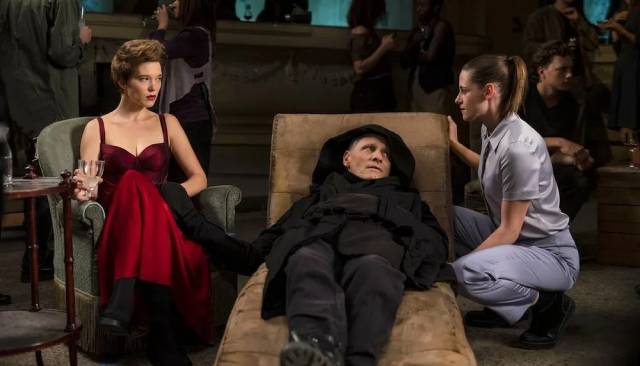
The first David Cronenberg movie I ever saw was Crimes of the Future (1970). It was included in a science fiction series screened at the Planetarium here in Winnipeg in 1973. At the time, I knew nothing about Cronenberg and had no idea what to expect. When the movie started, the auditorium was full, as it was for every screening that summer. But it wasn’t long before the first people walked out. The film is only just over an hour long, but by the halfway point at least fifty per-cent of the audience had left, some expressing vocal disgust as they headed for the door. When the end credits rolled, there were only half-a-dozen people left, including me. Years later, I learned that my late friend Dave Barber had been among the few survivors – though I didn’t actually get to know him until sixteen years later, when I joined the Winnipeg Film Group where he ran the Cinematheque.
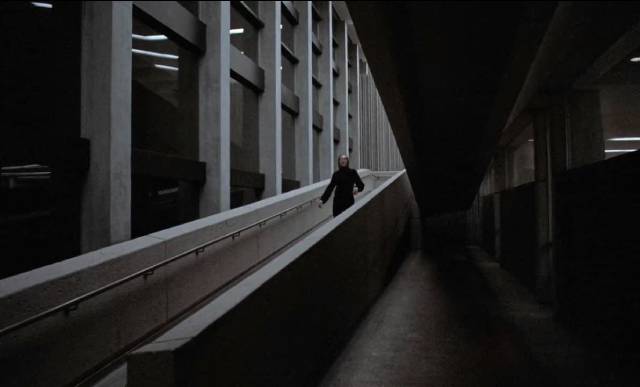
Crimes of the Future (the original) is an undeniably difficult film, a short experimental feature which focuses obsessively on disease and perversion. It was Cronenberg’s first all-out exploration of body horror, a theme he has returned to many times in the following five decades. Set in the House of Skin, an institute of dermatology, it follows Adrian Tripod (Ron Mlodzik), the institute’s director, in his quest to find his mentor, the rogue dermatologist Antoine Rouge who vanished after cosmetics created a global catastrophe in which all women became sterile and died, leaving a progressively unbalanced masculine world.
Tripod’s search takes him to various other institutions in which men create rituals to adjust to a world without women. He encounters a man whose body generates new organs to which he “gives birth” surgically, and eventually he reaches an organization of paedophiles who hold the last female child prisoner, a five-year-old with whom they urge Tripod to mate. Uncomfortably perverse – what drove most people from the auditorium were images of men licking thick viscous foamy secretions from each others’ skin – Crimes of the Future established many elements which turned up in later Cronenberg movies: the transformative effects of disease, the mysterious qualities of the body’s interior, the transfer of sexual desire into non-genital fetishes, the unforeseen consequences of medical/scientific research, and institutions which blur the line between science and religion, or transform science into a kind of religion.

Now, more than fifty years later, David Cronenberg has made a new film called Crimes of the Future (2022), his twenty-second feature, in which he explores many of these same themes, but with the benefit of decades spent refining his filmmaking skills. In some ways, the new film is a summing up of the director’s career, rich in references to much of his earlier work, but less hermetic than the first Crimes of the Future and less disturbing on a visceral level – partly because there’s a more accessible narrative with less abstract characters, partly because there’s a great deal of humour along with the graphic biological imagery.
Although the new film is not directly related to the old one – neither sequel nor re-make – the re-use of the title is justified because it takes as its starting point two major elements from the original movie. Although it replaces the very specific cosmetic-triggered disease with a more generalized degradation of the environment by industrial activity, there’s once again a radical transformation in human bodies which are rapidly mutating to adapt. This causes social conflicts as those who are changing are increasingly viewed as no longer human. The chief targets of discrimination are an underground movement of mutants who now live by consuming plastic, which has pervasively contaminated the planet.
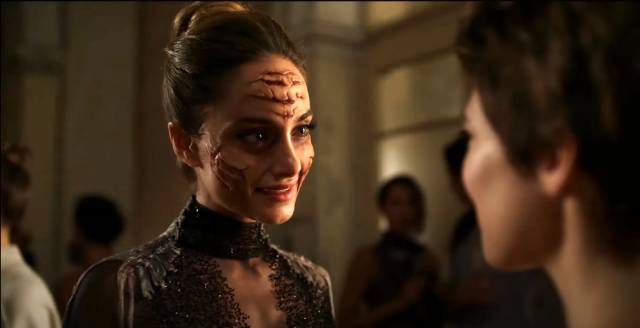
The film opens with a distressed mother named Djuna (Lihi Kornowski) smothering her eight-year-old son to death after watching him eat a plastic waste basket. She calls and leaves a message for her estranged husband Lang Dotrice (Scott Speedman), telling him what she’s done and where he can find the body.
The main narrative thread centres on Saul Tenser (Viggo Mortensen), a performance artist who grows new organs and then has his partner Caprice (Lea Seydoux) surgically remove them in front of an audience. There are discussions about the nature of his art and whether he guides these new growths or merely suffers them – if the latter is the case, then the art actually lies in Caprice’s surgical performances.
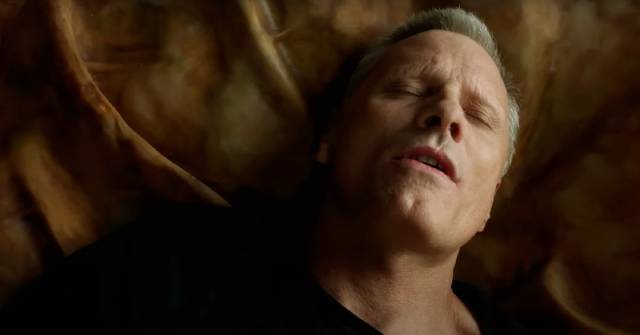
There’s a shabby office in which a pair of odd bureaucrats, Wippet (Don McKellar) and Timlin (Kristen Stewart), register all new organs; these two are drawn into Saul’s orbit, attending performances and arguing about the meaning of his work. Timlin, in true Cronenbergian fashion, views the surgical performances as a new form of sex and desires to be cut open herself.
After one performance, Dotrice approaches Saul and proposes a different kind of show, one in which an autopsy is performed on the body of his son. He wants a public display of the changes in the boy’s physiology to prove that the mutations are being passed on genetically, proving that the plastic-eaters (of which Dotrice is a leader) are in fact a new evolutionary path, the future of the human species. This plan is derailed when someone else gets to the body first and interferes to make the changes appear artificially manufactured.
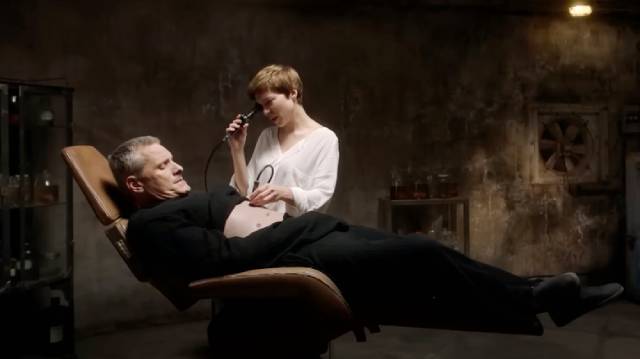
Cronenberg draws in references from his entire body of work – the surgical manipulation of bodies recalls Rabid and Dead Ringers; the mutation of human physiology and the resulting disruption of self-perception echo Rabid, Scanners, The Brood, Videodrome and The Fly; there’s the displacement of sexual impulses to unexpected alternative stimuli, both organic (Shivers, Rabid) and technological (Videodrome, Crash, eXistenZ). There are visual echoes of Naked Lunch and eXistenZ in the technology which supports Saul’s continuous transformations – he sleeps in a pod suspended on semi-organic cables which respond to the pain he feels, and he eats (with increasing difficulty) in a strange, enveloping chair made from bones which manipulates his arms, legs and neck. This technology is manufactured by LifeFormWare, one of those dubious corporations or institutions which inhabit Cronenberg’s conceptual universe – the Canadian Academy of Erotic Enquiry in Stereo (1969), the House of Skin, the Keloid Institute in Rabid (1977), the Raglan Clinic in The Brood (1979), Biocarbon Amalgamate in Scanners (1981) and so on, organizations dedicated to pushing physiological change at an ever-increasing pace.
But none of this is to say that the new film is a mere clip show, a catalogue of past ideas; all the elements are woven into a new whole, a synthesis of Cronenberg’s view of the infinite malleability of biological forms and the intricate interactions between biology and natural and technological environments. Amidst this instability, human consciousness is a passenger, struggling to make sense of the world and our place within it.
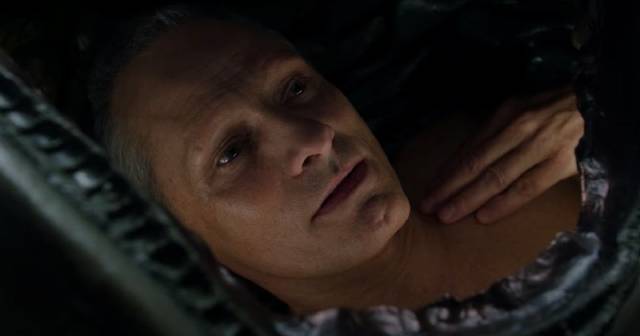
Set in a rundown future world – filmed in Greece – the new Crimes of the Future shows nature responding to the degradation inflicted on it by irresponsible human activity by violently transforming human physiology, yet Cronenberg undercuts the horror of what we’ve done to our environment, and that environment’s response, with a great deal of humour. This comes through largely in the satirical view of art in a collapsing world and in the performances, with Mortensen a strange blend of helpless child and art monk, while McKellar and Stewart are a mess of neurotic tics directed towards the imposition of an illusory order on an unruly reality. Stewart in particular displays a fine sense of comedic timing.
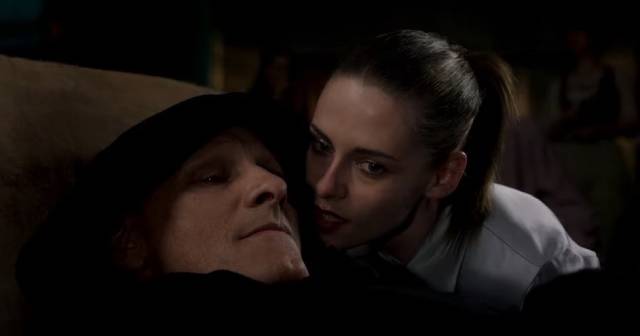
Crimes of the Future is Cronenberg’s first original script since eXistenZ (1999) and he’s returned to his roots with what turns out to be his best film since Crash (1996), the work of an artist entirely at home with themes and imagery honed over half a century of filmmaking, during which he has remarkably managed to remain independent, working on his own terms even when taking on seemingly commercial projects originated by others (The Dead Zone [1983], The Fly [1986]). If movies like A History of Violence and Eastern Promises prove to be the least interesting in his filmography, they nonetheless display a kind of effortless craft, something he has now brought back to re-invigorate his own long-held interests.
*
It’s been almost a year since I last went to a theatre – I’d lost my taste for it even before Covid, but now it’s a habit which has completely atrophied. I didn’t even realize that Crimes of the Future was in town until my friend Curtis emailed on Friday morning to ask if I was interested. Luckily I had already booked Friday afternoon off work, so we were able to catch the first show of the day. We were the only two people in the theatre, so it was like a private screening – the best way to see a movie. I can’t imagine what it might have been like to watch the film with a big audience. In all likelihood it would have been something like that screening back in 1973, with a lot of walk-outs. It’s impressive, and somehow reassuring, that five decades into his career Cronenberg is still exploring his own personal obsessions without pandering to a mainstream audience. There’s no other Canadian filmmaker with a comparable record.
Comments